The most common kitchen hazards and how to avoid them
When working in the kitchen, whether this is at a domestic or professional level, there are dangers at every turn, making it one of the most dangerous rooms in the house. The average kitchen is filled with knives, heat sources, cleaning products, raw meat and other potentially dangerous equipment, so knowing your way around the kitchen will help you minimise the risk of injury and keep others safe. In this article, we’ve compiled a list of the most common kitchen hazards and what you can do to avoid harm and breakages.
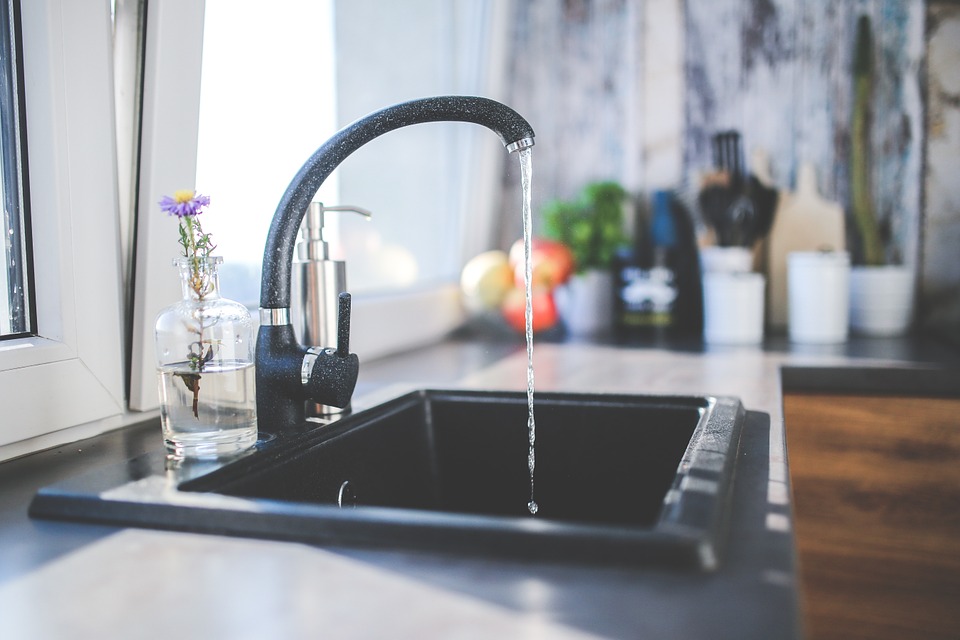
Wet floors
After a long day of cooking, your kitchen is bound to be in a mess. Spilt sauces, dropped scraps and liquid left on the floor will soon become hazards. When something is spilt, to maintain a safe working environment, wipe up the spillage immediately and make everyone else in the kitchen aware of the potential hazard. Ensure the area is completely dry before you resume cooking and you let people walk across the area again.
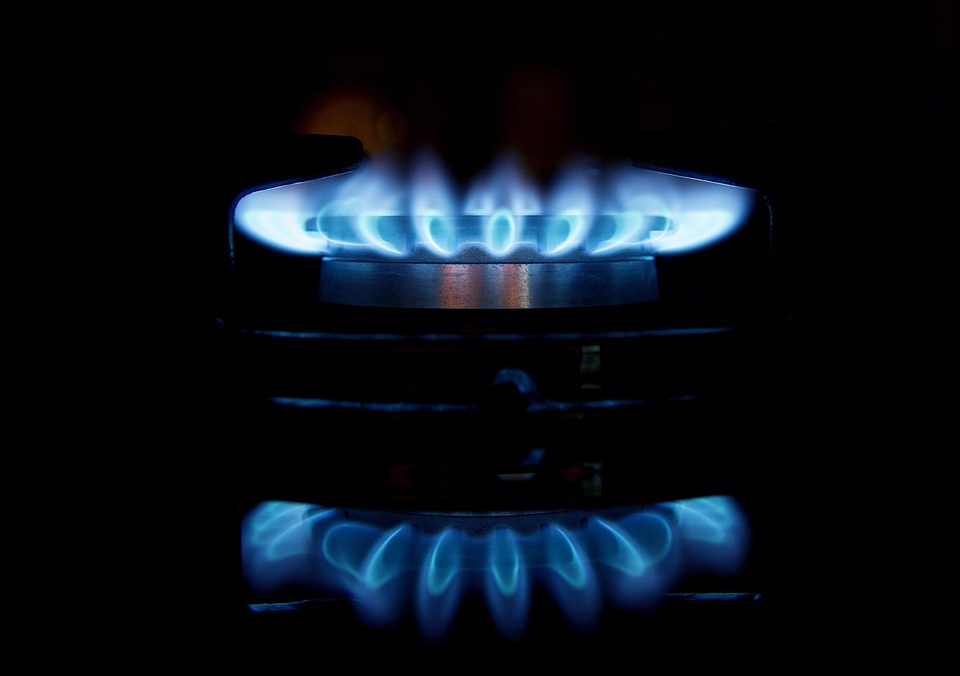
Fire
Leaving the hob left on whilst unattended, especially when you are heating oil, is extremely dangerous. A grease fire can start at any time, which can quickly spread throughout the entire kitchen within seconds. Gas stoves are particularly dangerous, as any loose clothing you wear can catch fire, so ensure sleeves are rolled back and ties tucked in when cooking on the stove. No matter what, do not leave the kitchen unattended when you have the stove on, and keep any oven mitts, tea towels and wooden utensils away from the oven top when they are not in use.
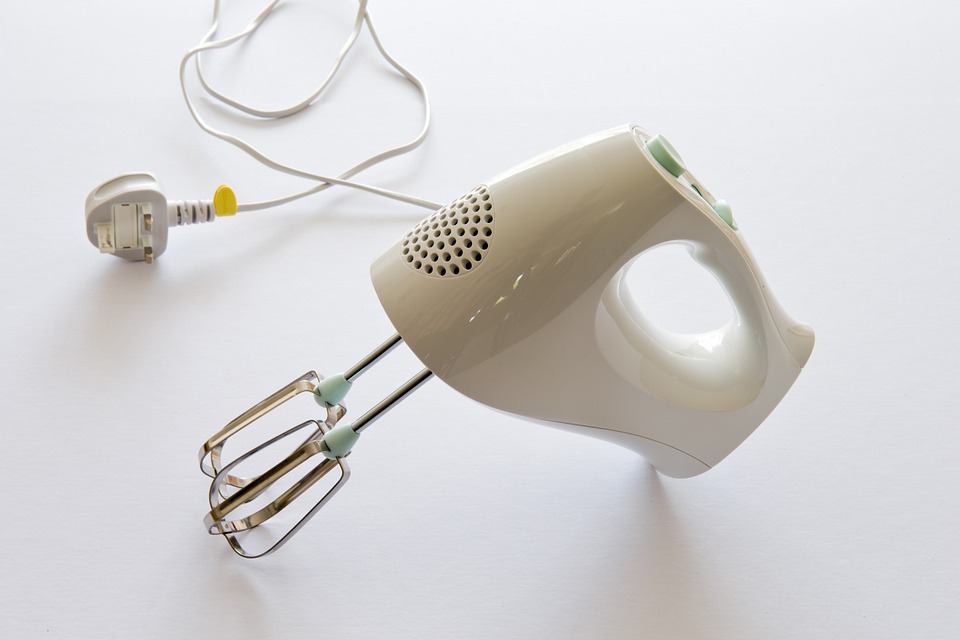
Electrical
Overloading electrical plugs with extension leads and placing electrical sockets around wet areas in the kitchen is a hazard to yourself and others. To prevent any accidental electric shocks, have a reserved place in the kitchen for blenders, toasters, coffee machines, and any other electrical appliances you may have. If working in a commercial kitchen, ensure all staff are properly trained on how to use each electrical appliance properly to reduce any potential risk.
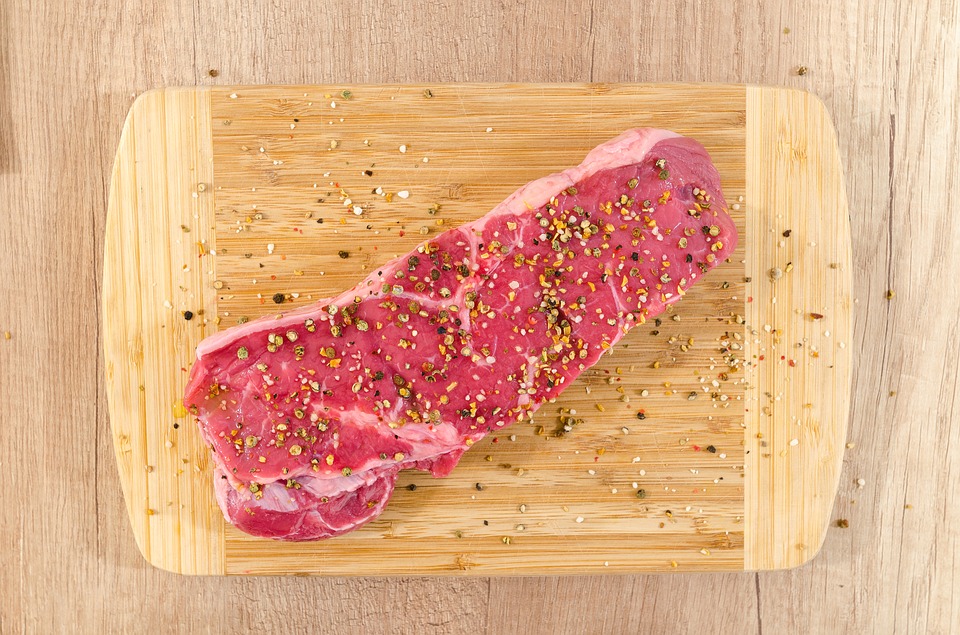
Cross-contamination
When it comes to kitchen hazards, you may be more focused on the hazards more apparent to yourself and others, however, there is an invisible killer that lurks when food preparation isn’t done correctly or safely. Having chopping boards and cooking surfaces that can only be used for raw meats helps prevent the spread of potentially harmful bacteria that can cause food poisoning. Food poisoning can be fatal, especially to those with compromised immune systems, so keep strict rules surrounding food preparation and make sure all staff are fully qualified to be handling raw meat.
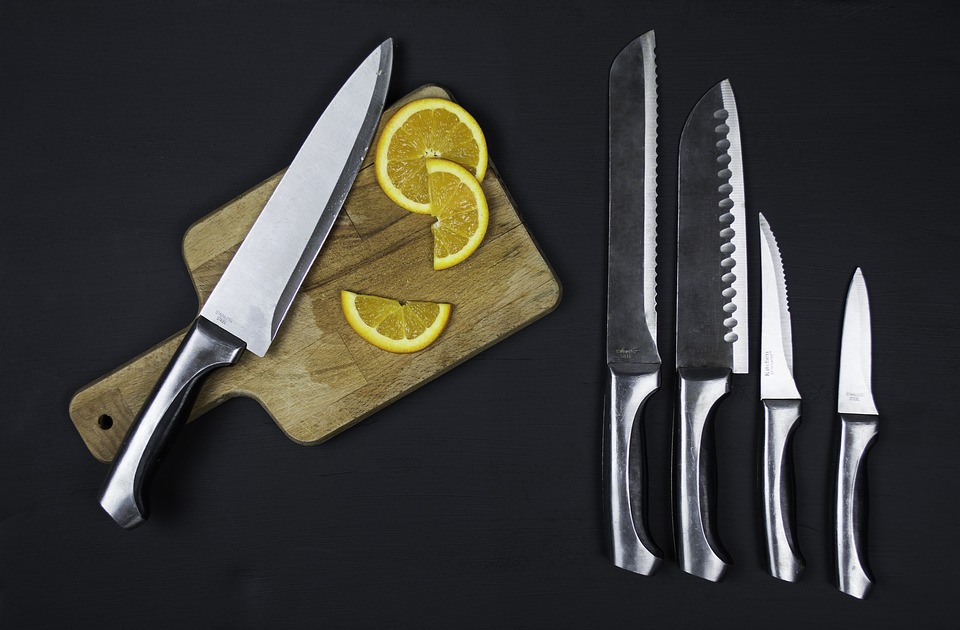
Cooking equipment
Lacerations from kitchen knives are extremely common, with people entering the emergency room every day with cuts and nerve damage. Surprisingly, cutting raw chicken is the most common way of people cutting themselves in the kitchen, closely followed by potatoes. Cutting injuries are mostly a result of knives not being sharp enough and an improper cutting technique, so it’s highly recommended your knives are regularly sharpened, especially in professional kitchens, and staff are trained to ensure they can cut up food safely and properly. Invest in a non-slip cutting board and high-quality equipment to ensure the utmost safety during food preparation, and never try to catch a falling knife!
Cheshire Fire are dedicated to educating the community on fire safety, along with providing a variety of fire safety equipment suitable for the kitchen. We service domestic and commercial clients throughout the Cheshire area. For more information on our products and services, please get in touch with a member of our team today.
